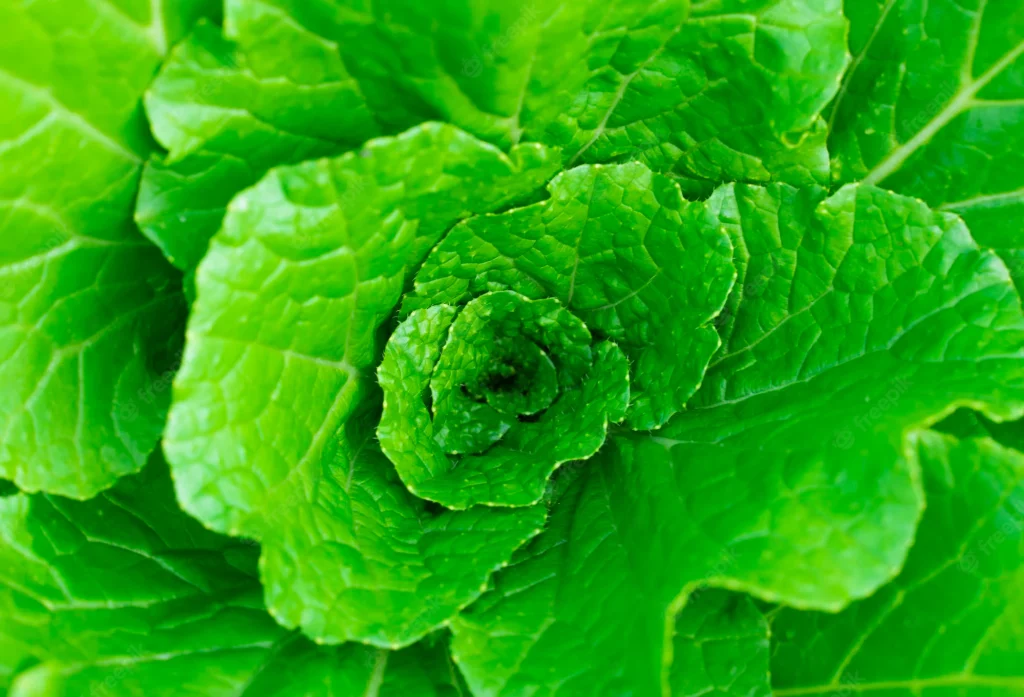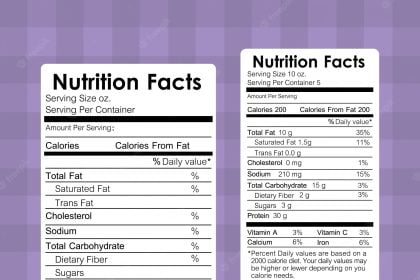Contents
Introduction:
Eating a healthy, balanced diet is essential for maintaining good physical and mental health. While there are many different approaches to healthy eating, one option that has gained popularity in recent years is “crisp and green” nutrition. This approach focuses on incorporating a wide variety of fresh, plant-based foods into the diet, with an emphasis on vegetables, fruits, and whole grains. In this article, we will explore the principles of crisp and green nutrition and how it can benefit your health.
What is Crisp and Green Nutrition?
Crisp and green nutrition is all about consuming a diet that is rich in fresh, whole foods that are high in nutrients and low in added sugars and unhealthy fats. This approach emphasizes plant-based foods such as vegetables, fruits, and whole grains, as well as sources of protein such as beans, nuts, and seeds.
One key aspect of crisp and green nutrition is the focus on eating a wide variety of different plant-based foods. This helps to ensure that you are getting a diverse range of nutrients and phytochemicals, which can help to protect against chronic diseases such as heart disease, cancer, and diabetes.
Benefits of Crisp and Green Nutrition:
There are many potential benefits to incorporating crisp and green foods into your diet. Some of the most notable include:
Improved digestion:
Many plant-based foods are high in fiber, which can help to promote regular bowel movements and improve digestive health.
Weight management:
Plant-based foods are generally lower in calories and fat than animal-based foods, making them a good choice for weight management.
Increased energy:
Plant-based foods are often rich in nutrients such as carbohydrates and B vitamins, which can help to boost energy levels.
Improved heart health:
Many plant-based foods are rich in heart-healthy nutrients such as antioxidants, fiber, and healthy fats, which can help to lower cholesterol and reduce the risk of heart disease.
Better blood sugar control:
Plant-based foods are generally lower in glycemic index (GI), which means they are absorbed more slowly by the body and can help to stabilize blood sugar levels.
Tips for Incorporating Crisp and Green Foods into Your Diet:
- Start by adding more vegetables to your meals. Aim for at least half of your plate to be filled with vegetables at every meal.
- Experiment with different types of vegetables, including leafy greens, cruciferous vegetables (such as broccoli and cauliflower), and root vegetables (such as carrots and sweet potatoes).
- Look for ways to incorporate whole grains into your diet, such as by choosing whole grain bread and pasta, or by adding quinoa or brown rice to salads and stir-fries.
- Snack on fresh fruits or raw veggies instead of processed snacks.
- Try plant-based protein sources such as beans, lentils, and nuts in place of animal-based protein sources like meat and dairy.
Conclusion:
Crisp and green nutrition is a healthy, sustainable approach to eating that emphasizes a wide variety of fresh, plant-based foods. By incorporating more vegetables, fruits, and whole grains into your diet, you can enjoy a range of health benefits and support overall well-being.




